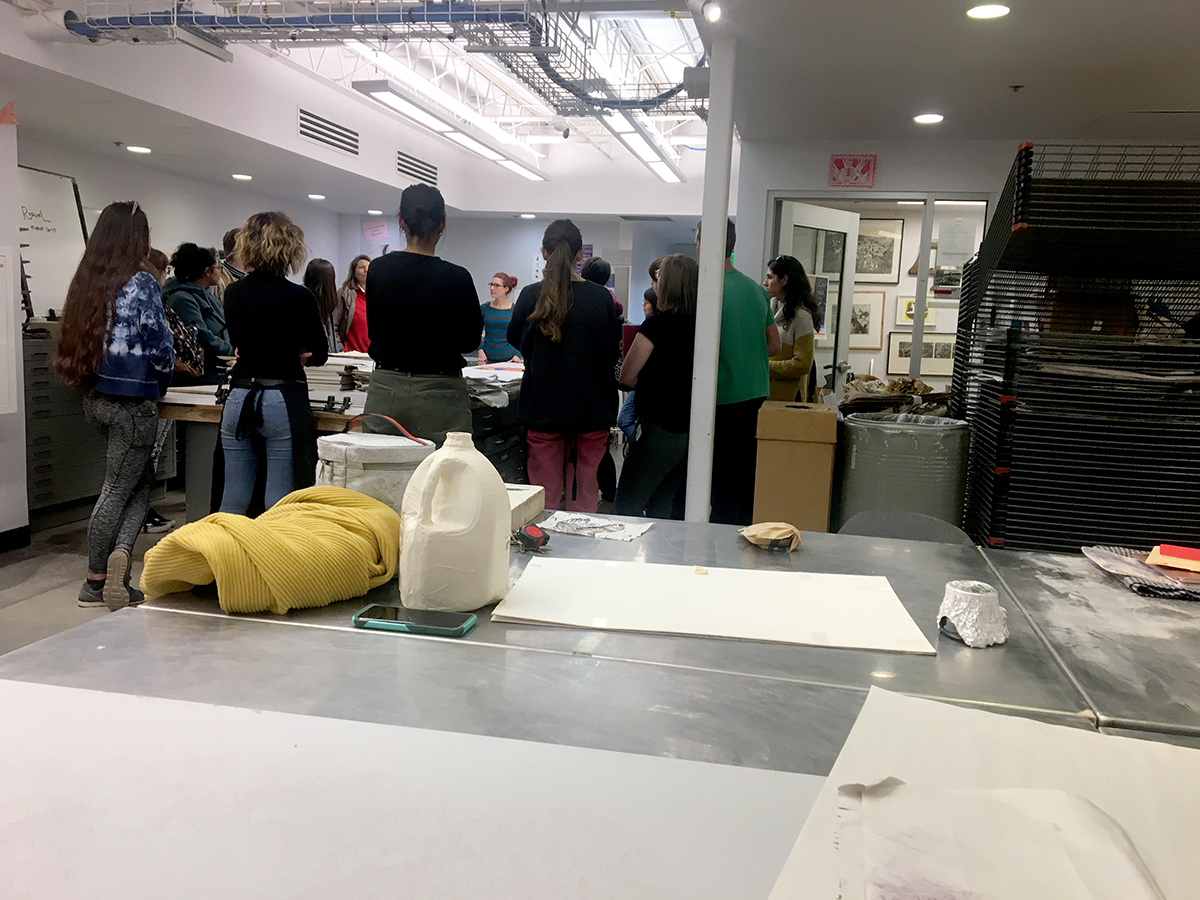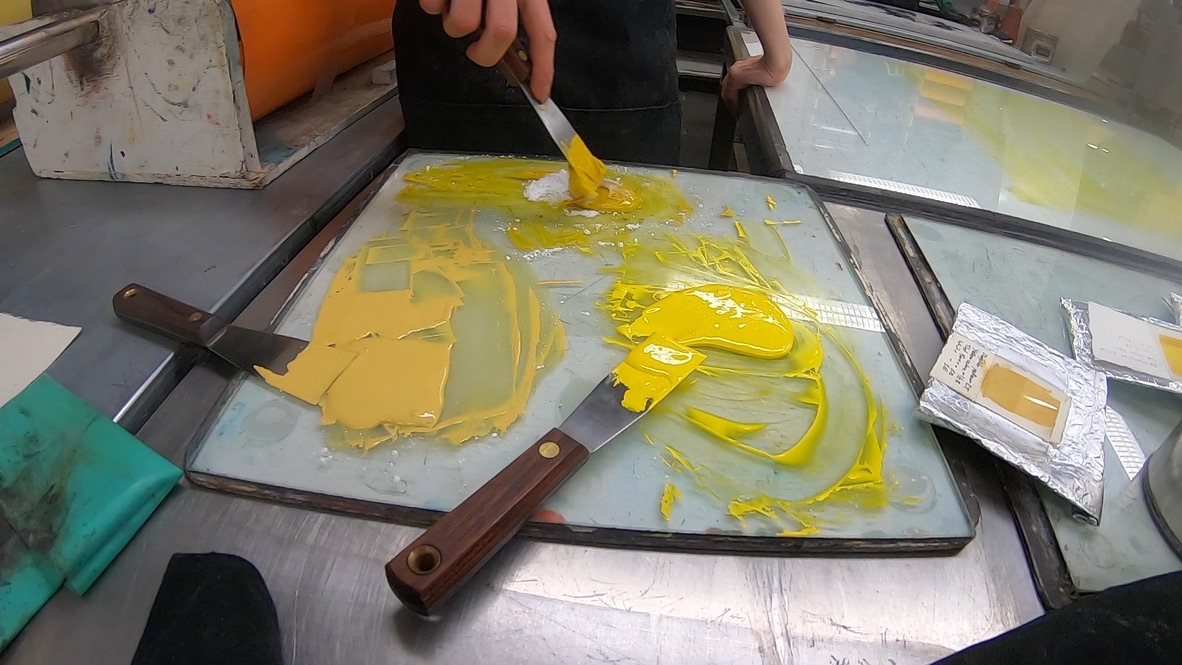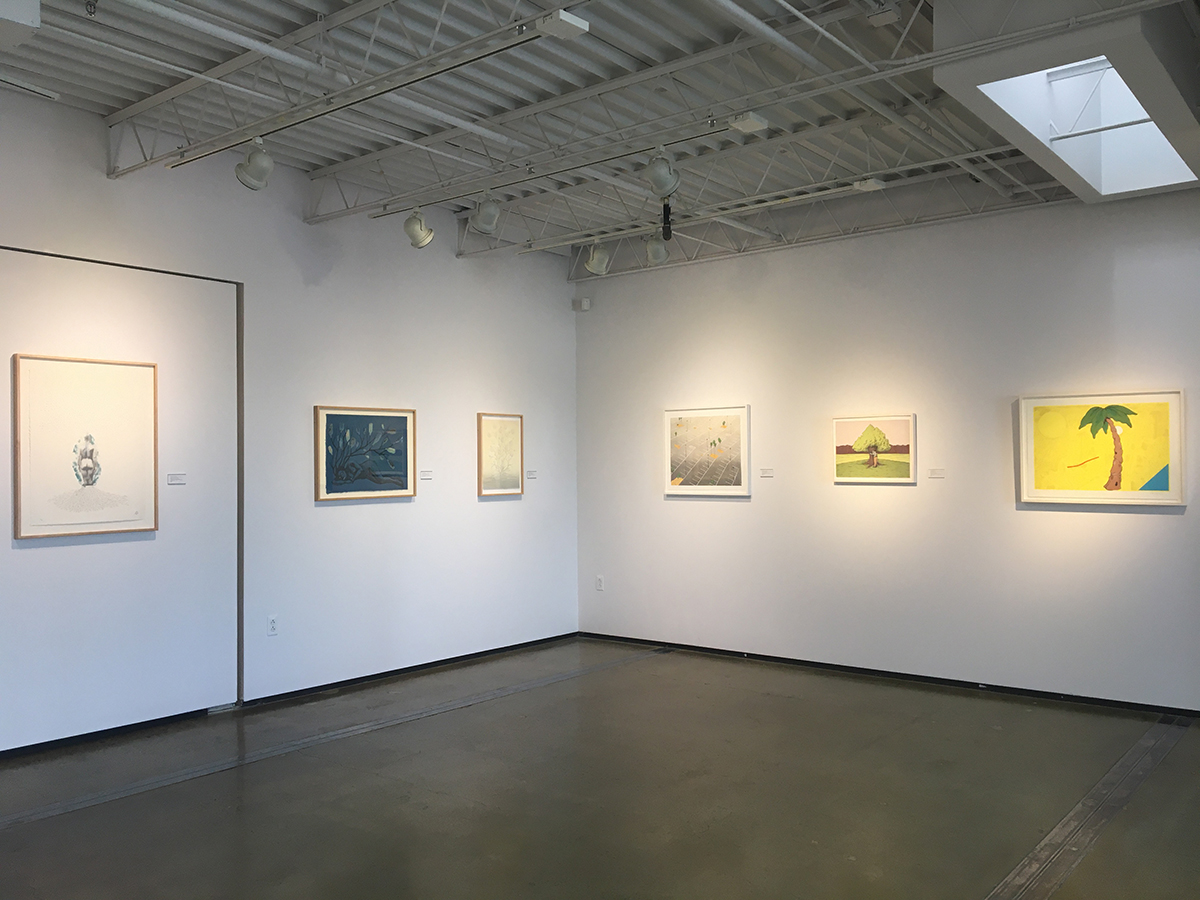Tamarind Institute of Lithography, Albuquerque, New Mexico
Looking Back to Move Forward...



In February 2020, right before the lockdown caused by the COVID-19 pandemic, I had the opportunity to participate in the Tamarind Institute of Lithography’s Professional Artist Printer Training program in Albuquerque, New Mexico. It was an inspiring experience that raised the bar for what artist residencies and collaborative art making should be.
The Professional Artist Printer Training program connects two of Tamarind’s Printers in Training with a professional artist. The program provides students with experience working directly with artists from different backgrounds and different styles. No prior printmaking experience is required.
Printmaking and Accessibility



Tamarind Institute of Lithography invites graduate students from the University of New Mexico, local artists, and international artists into their studios to collaborate with their cohort of printers. As an artist and administrator who has researched printmaking studios for consulting projects on corporate art collections, Tamarind’s accessibility and educational model is unique. I wish we had studio spaces in Los Angeles with a similar educational and publishing model. In my short time there I was welcomed by the staff and board members, I met graduate students and professors from the University of New Mexico, a local art dealer and gallery director, and I was immersed in their art community when Tamarind Staff took me to the local art walk.
Collaborative Printmaking




Communication and Interpretation



Peer-to-Peer Learning



Flourish for Maggie and Julie



Tamarind Institute of Lithography



- To create a pool of master artisan-printers in the United States by training apprentices;
- To develop a group of artists of diverse styles into masters of this medium;
- To habituate each artist and artisan to intimate collaboration so that each becomes responsive and stimulating to the other in the work situation encouraging both to experiment widely and extend the expressive potential of the medium;
- To stimulate new markets for the lithograph;
- To plan a format to guide the artisan in earning his living outside of subsidy or total dependence on the artist’s pocket;
- To restore the prestige of lithography by actually creating a collection of extraordinary prints.
